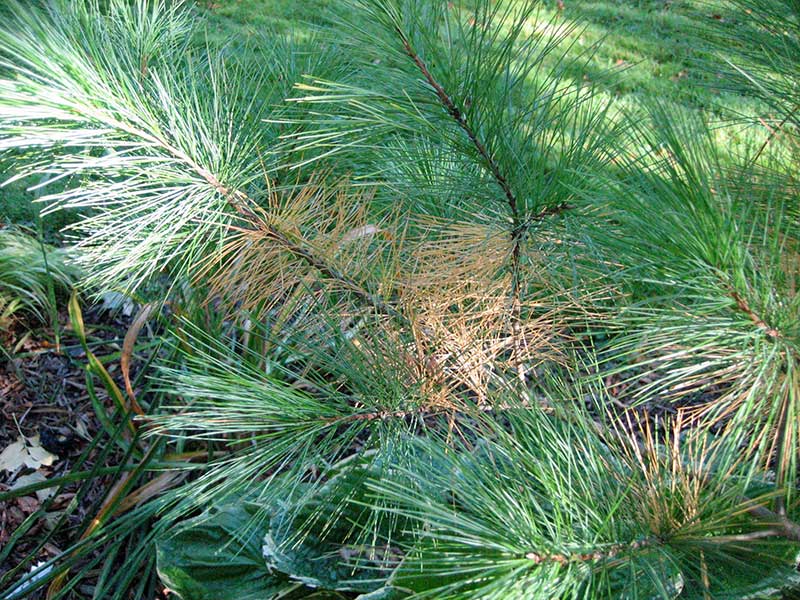
It seems that overnight, all my coniferous trees have yellowing foliage in the interior sections of their branches. This is their way of shedding up to a third of the oldest needles in preparation for new foliage that will grow next spring. The yellowing needles will begin dropping toward the end of October. I have several mature conifers in the garden, including a white pine, six Scot pines, a limber pine, a false cypress, a white cedar and two spruce. These are mostly huge trees (several are 60 feet/18 m tall), and I’m sure the needles they drop would fill many dozens of bushel baskets. The cumulative weight of conifer needles that have fallen on this property over the decades could be measured in tons.
I’ve been gardening here for 27 years, and in that time have never swept up any of the needles for disposal. Most remain where they fall on soil or lawn, making a soft mulch. I also collect fallen needles and use them as an organic amendment to improve the texture and drainage in my clay loam soil. I’ve never encountered a circumstance of excessive soil acidity as the result of using generous amounts of coniferous needles for mulch and soil improvement. My soil pH has remained at a slightly alkaline level. But there is a general perception that conifers produce excessively acidic foliage, and that the acidity is transferred to soil. I can only say that’s not the case in my garden.
An Internet search for relevant research will turn up articles suggesting excess soil acidity results from conifer needles, but little evidence to support this. There are studies and opinions from reasonable sources, such as one from the University of Wisconsin-Extension (http://wood.uwex.edu/2010/11/18/pine-needles-cause/) that refutes the acidity issue, and encourages the use of conifer needles (particularly pine needles) for compost and gardening purposes.
The foliage that drops from conifers in autumn is my most valued material to help increase drainage and bring more oxygen into garden soil. Using the needles as a soil amendment in planting holes prevents soil from compacting around root balls. Needles incorporated into soil increase the movement of water and gases, and contribute to a biologically active soil environment that favours root growth. Conifer needles are slow to decompose underground, and will continue aerating soil for several seasons before completely degrading.
I’ve high-pruned some coniferous trees so that perennials and small shrubs can be planted directly around the central trunks, where thick layers of needles accumulate. These plants grow well, with no symptoms of excessive soil acidity. (My only concern is to provide adequate irrigation.) Scientific studies have measured the acidity of conifer foliage, and determined that green needles contain more acid than yellow or brown needles. Of course, the needles that fall this month will become yellow/brown before reaching the ground, and brown needles have very little acidic content. Actually, I can’t think of how a large amount of green needles would be available, unless a tree was being taken down.
Just in case anyone is thinking of raking up fallen conifer needles later this month, I hope this convinces you to stop. They’re a perfect amendment for dense clay soil. And if your soil is sandy, be sure you keep every deciduous leaf to dig into planting holes and lay on the soil surface as mulch. Needles and leaves are our most valuable gardening resources when working with soil problems. Best of all, they’re free of charge to anyone smart enough to use them.


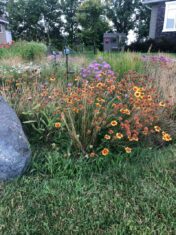

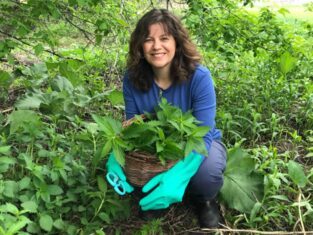

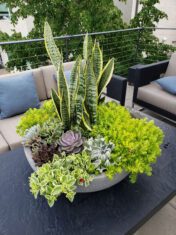
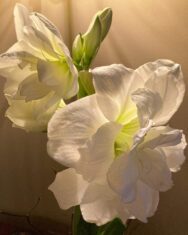

Thank you so much for this article! I can thank you enough for that.
We have just moved to our new house (which is becoming slowly but surely our new home) . The garden was neglected for years and we have a huge 2 spruce trees in the back garden so the leaf bed under them is 30 to 50 cm deep. The trees are healthy but only 1 rosemary bush is growing under them, i think most of the problem there is lack of water and moisture, which we will soon fix. I cleaned it a bit to eraet and moist the natural mulch and under the mulch.
Also the soil under them is heavy clay soil and the PH is around 7, so i think you are right they don’t change the ph a lot, also inside the natural mulch there is some evidence of microfungi …
I though maybe composting them will help make a slightly acidic compost to amend and use.
But since we have so much i wonder if i can use some of it in the compost bin that i am planing to have….
Do you have any experience with composting dried conifer leaves?
Although there may be studies – I have my suspicions about pine needles. My neighbor has three x three storey pine trees. Nothing grows at their bases and for a good 10 – 15 feet around. I don’t know if the trees are sucking all the moisture out of the ground or if the terpenes in the needles are unfriendly to many plants. My irises won’t grow anywhere near those trees and all other plants seem quite stunted – I know to never grow most rhizomes anywhere near these trees as over three years they all wither away and die. As a gardener, I’m not fond of these needles because they are sharp and I’ve often poked my hands (through gardening gloves). Maybe the roots of certain plants don’t like them either.
plant some daisies and wild violets under them. I do!!
Thank you for this timely article and for the great advice. I hope people heed the call to NOT be so fastidious about fall clean-up! Just say no to leaf blowers!
I have been gathering needles for a couple years and using them as mulch. Might be a coincidence but my pink hydrangeas are now a lovely bright pink, the way they were meant to be. Gail
HI Gail,
Yes, it could be coincidence. Several hydrangeas are meant to be pink in autumn. I have Pinky Winky and Fire and Ice, both with pink blossoms this month. Really pretty!
– Judith
Hi again, Gail:
I should have said that if your hydrangeas turn toward a blue hue — then that’s not coincidence! Soil acidity will push hydrangea colour toward blue and purple shades.
– Judith
What do you plant under the raised skirt of the trees?
Hi Caroline!
Under the high-pruned mature spruce outside my writing window, I’ve planted lots of hostas, and also mertensia, trillium, ferns, some species primulas, and pulmonaria. There are nice colonies of snowdrops and crocus. A corylopsis shrub is also happy under the tree. There were several bleeding hearts, but they are disappearing one by one. Probably too dry for them in summer. I try to remember to water this dry bed in summer, but sometimes miss doing it. The extra effort to irrigate is really necessary, as the tree takes so much moisture.
Nice to hear from you!
– Judith